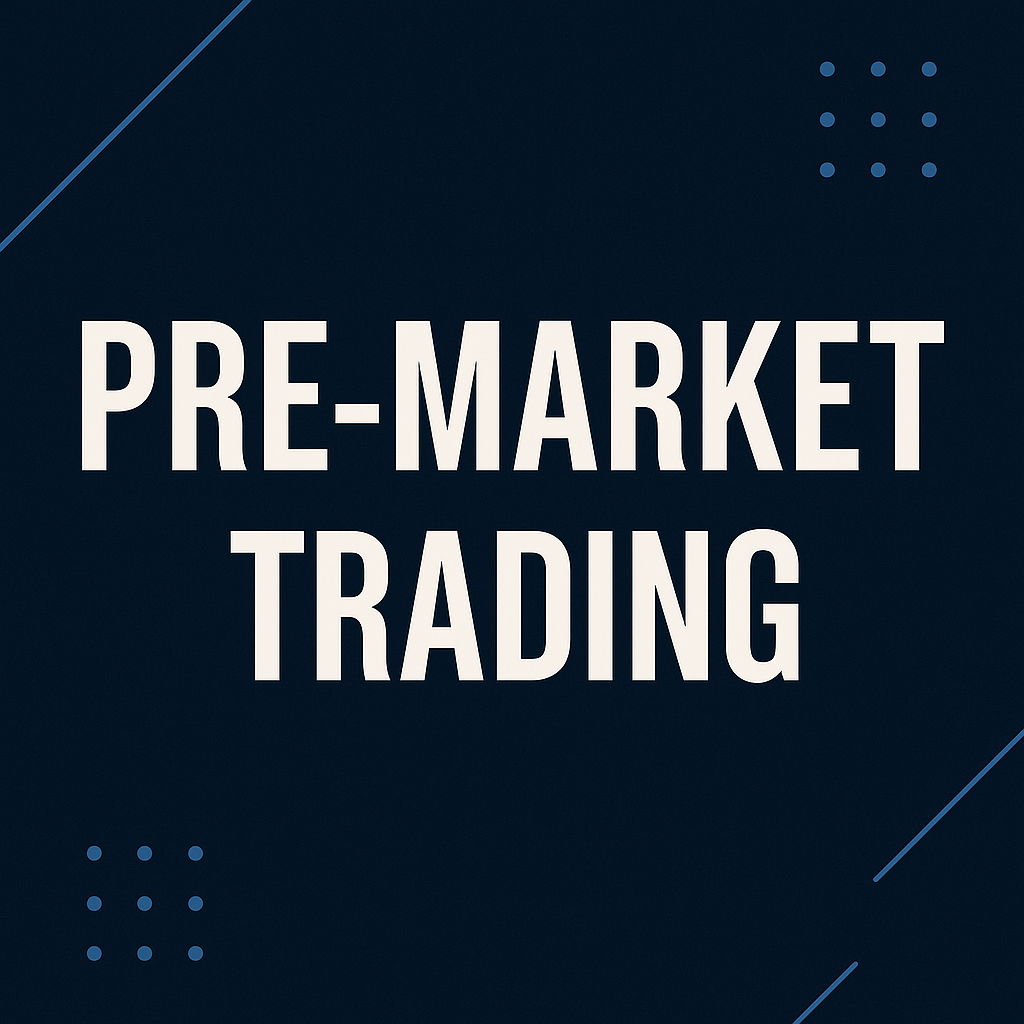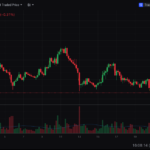Before the opening bell rings on Wall Street, a quiet but crucial part of the market is already moving: pre-market trading. This early trading window is where informed investors and institutions often make their first moves — sometimes setting the tone for the rest of the day.
🕔 What Is Pre-Market Trading?
Pre-market trading refers to stock trading that occurs before the official market opens. In the U.S., the regular trading session is from 9:30 a.m. to 4:00 p.m. Eastern Time. But pre-market trading typically runs from 4:00 a.m. to 9:30 a.m. ET, depending on the broker.
While volumes are lower than during regular hours, pre-market trades can reflect breaking news, earnings reports, economic data, or geopolitical developments.
🔍 Why It Matters
- Price Discovery: Pre-market activity gives a first look at how investors are reacting to overnight news. Major gaps up or down can reveal sentiment before most traders are even awake.
- Earnings Reactions: Many companies release earnings either before or after the regular session. Pre-market lets traders act immediately on those results.
- Volatility Opportunities: Low liquidity often means higher volatility — a double-edged sword. It can create opportunity, but also higher risk.
⚠️ Risks to Know
- Lower Liquidity: Fewer participants mean wider bid-ask spreads, making it harder to get good pricing.
- Limited Access: Not all brokers allow pre-market trading, and order types might be restricted.
- Fast Moves on Thin News: Small headlines can lead to exaggerated price swings when volume is low.
🛠️ How to Access Pre-Market Trading
If your broker supports it (like TD Ameritrade, Charles Schwab, or Webull), you can typically enable pre-market trading via your settings. Be sure to:
- Use limit orders — not market orders
- Watch volume and spread
- Have a clear exit plan in case of sudden reversals
💡 Final Takeaway
Pre-market trading is not just for pros — but it’s not for everyone either. If used carefully, it can provide early signals, trading opportunities, and a deeper understanding of market sentiment before the day begins. Just remember: when fewer people are trading, every move can count double.







